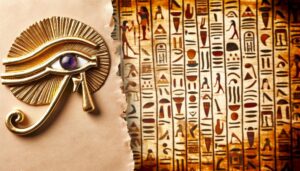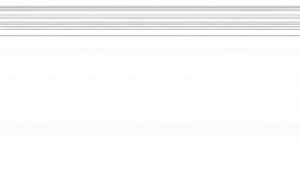What Is the Symbolic Meaning of the Cross in Christianity?
The symbol of the cross holds profound and diverse meanings across different cultures and religions. Historically, ancient civilizations like Egypt and Mesopotamia used cross shapes to represent life and divinity.
In Christianity, the cross epitomizes crucifixion, resurrection, and redemption, becoming a central emblem of faith and sacrifice. Similarly, it has complex interpretations in Judaism, paganism, and even non-religious contexts.
Modern cultural significance spans use in art, humanitarian efforts, and social identity expressions. Through its rich historical and cultural tapestry, the cross invites further exploration into its multifaceted symbolism and continuing impact.

Key Takeaways
- The cross symbolizes crucifixion, resurrection, and atonement in Christian faith.
- In ancient cultures, the cross represented life, divinity, and cosmic order.
- The cross signifies balance, union of opposites, and cosmic forces in Eastern mysticism.
- For many, the cross is a source of spiritual solace and divine protection during adversity.
- The cross serves as a profound cultural, religious, and social symbol in modern contexts.
Historical Origins
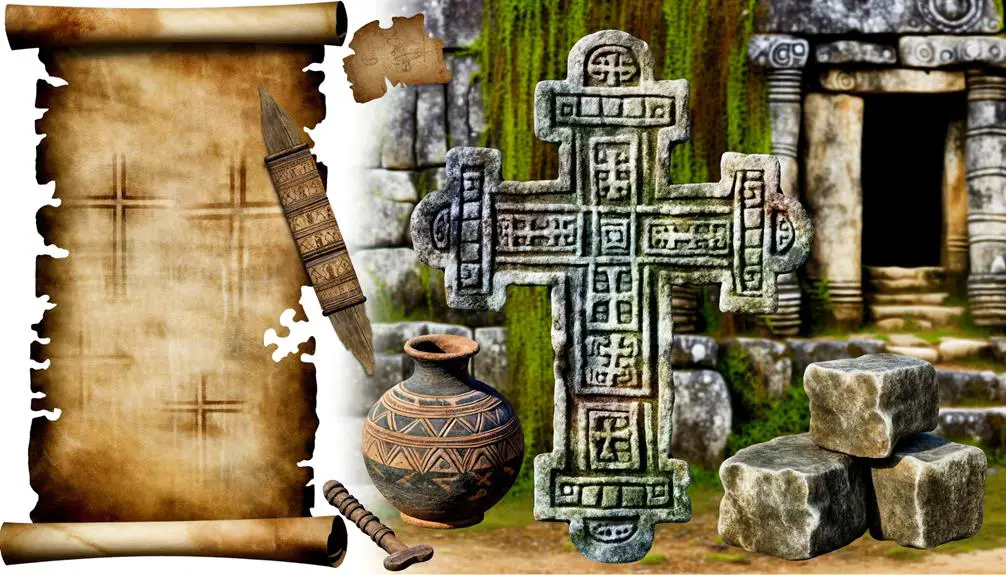
The historical origins of the cross as a symbol can be traced back to ancient civilizations, where it held various religious and cultural significances long before its adoption by Christianity.
In ancient Egypt, the ankh, a cross with a loop at the top, symbolized life and immortality. Similarly, in Mesopotamia, cross shapes appeared in early cuneiform texts and artifacts, signifying divinity and the intersection of divine and human domains.
The Norse cultures employed the solar cross, representing the sun and the cyclical nature of time. These early uses underscore the cross's role as a potent symbol across different societies, embodying themes of life, divinity, and cosmic order.
Understanding these origins provides a richer context for its subsequent religious adaptations.
Christian Symbolism
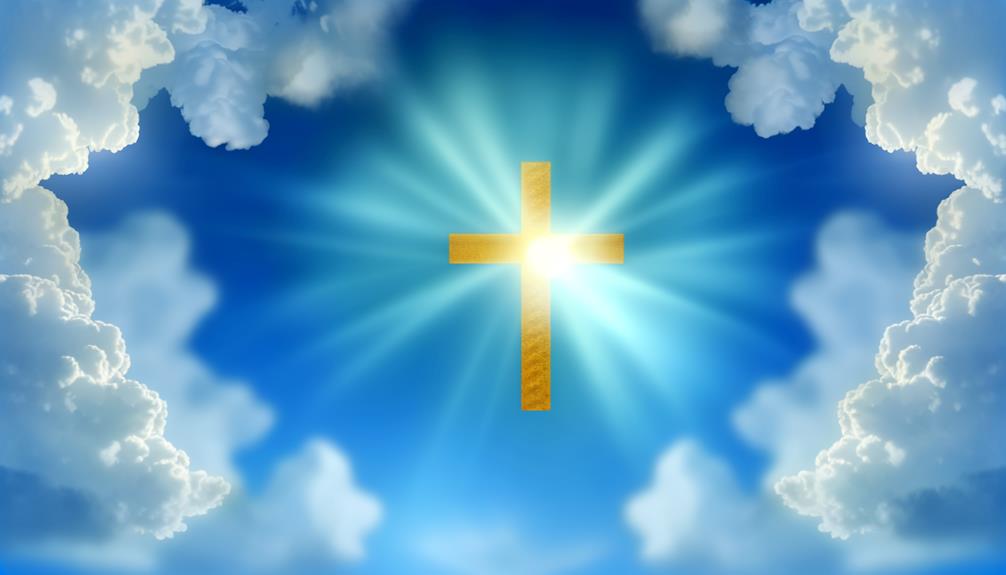
Building upon its ancient roots, the cross's adoption into Christian symbolism marked a profound shift, transforming it into a central emblem of faith, sacrifice, and redemption within the Christian tradition. This evolution speaks volumes about its theological and cultural significance, reflecting core tenets of Christianity.
The cross's imagery has been multifaceted, representing:
- Crucifixion: The physical instrument of Christ's ultimate sacrifice.
- Resurrection: Symbolizing victory over death and the promise of eternal life.
- Atonement: Highlighting Christ's role in reconciling humanity with God.
- Hope: Offering solace and a reminder of divine love and mercy.
- Unity: Serving as a unifying icon across diverse Christian denominations.
These elements collectively underscore the cross's profound impact on Christian thought and devotion.
Cross in Judaism
In contrast to its profound significance in Christianity, the cross holds a markedly different position within Judaism.
Historically, the cross has often symbolized persecution rather than spiritual reverence, largely due to associations with the crucifixion of Jesus and subsequent anti-Semitic actions.
Consequently, the cultural and religious impact of the cross in Judaism is imbued with complex layers of interpretation and symbolism, reflecting a narrative of historical adversity and religious distinction.
Historical Context and Development
Although the cross is mainly associated with Christianity, historical evidence suggests that its use and symbolism can also be traced back to ancient Judaism. The cross, or the tau symbol, was integral in various Judaic contexts before it became chiefly a Christian emblem.
Ancient Jewish artifacts and texts reveal instances of cross-like symbols that held significant meanings. Archaeological discoveries show tau crosses on pottery and other artifacts. Hebrew scriptures contain descriptions of signs resembling a cross. Ritual use of cross-like symbols in ancient Jewish rites. Used as a protective mark during the Passover (Exodus). Cross symbols found in Jewish burial sites denoting specific beliefs.
This historical context underscores the cross's broader cultural and religious significance.
Interpretations and Symbolism
The interpretation of cross-like symbols within ancient Judaism reveals a multifaceted significance, ranging from protective emblems to ritualistic elements embedded in religious practices.
These symbols, although not identical to the Christian cross, often took forms such as the Tav (ת), the last letter of the Hebrew alphabet, which was sometimes inscribed on foreheads as a mark of divine protection.
Moreover, archaeological findings suggest that cross motifs appeared in artifacts used in Jewish ceremonial contexts, indicating their broader spiritual and cultural utility.
The symbolism of these cross-like forms was often linked to themes of life, divine covenant, and sanctity, underscoring their integral role in the spiritual and communal life of ancient Jewish society.
Cultural and Religious Impact
Building upon the interpretations and symbolism of cross-like symbols in ancient Judaism, their cultural and religious impact can be observed in various facets of Jewish life and tradition, highlighting their profound significance beyond mere iconography.
While the cross is not a predominant symbol in Judaism, elements reminiscent of cross-like shapes can be traced back through historical and archaeological findings, offering insights into their hidden meanings.
- Ancient Hebrew alphabet: Certain letters exhibit cross-like shapes, reflecting early symbolic representations.
- Temple artifacts: Ritual objects from the First Temple period sometimes feature cross-like engravings.
- Religious texts: Descriptions of sacred spaces occasionally include cross-referencing symbols.
- Geometric motifs: Cross-like patterns appear in ancient Jewish art and architecture.
- Protective symbols: Cross-like signs used in amulets and talismans for divine protection.
These elements underscore the nuanced role of such symbols within Jewish tradition.
Pagan Interpretations
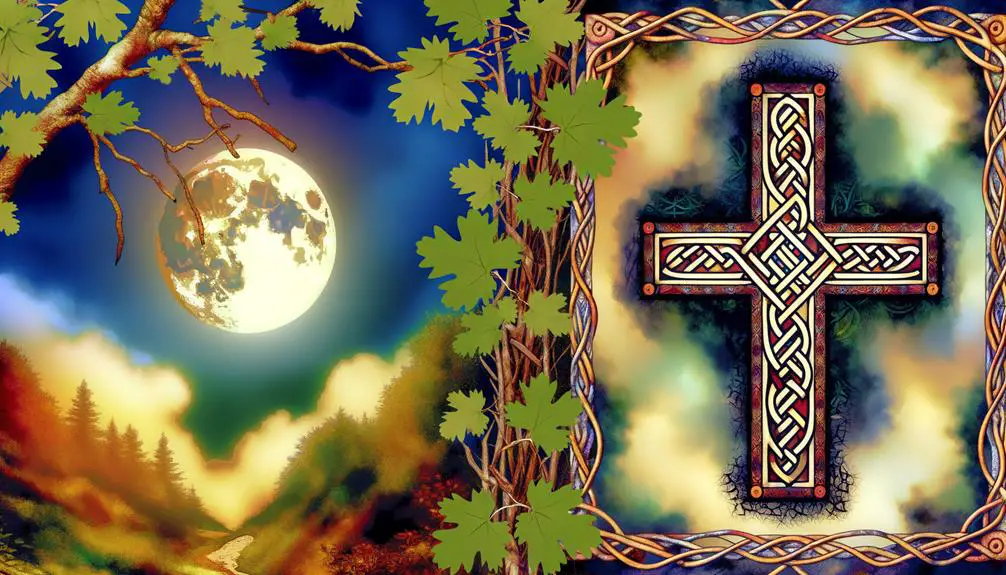
In examining the pagan interpretations of the cross, it is essential to recognize that this symbol existed in various forms and meanings long before its adoption by Christianity. The cross has been found in numerous ancient cultures, often symbolizing different concepts such as life, fertility, and the union of opposites.
| Culture | Symbol Variation | Meaning |
|---|---|---|
| Egyptian | Ankh | Life and immortality |
| Nordic | Thor's Hammer | Protection and power |
| Celtic | Cross with circle | Sun, life, and nature |
| Native American | Medicine Wheel | Healing and harmony |
These variations underscore the cross's versatility and profound significance across diverse cultural landscapes, reflecting its universal appeal and adaptability.
Cross in Islam

Islamic tradition generally does not attribute religious significance to the cross, viewing it primarily as a symbol associated with Christianity and, by extension, the crucifixion of Jesus, which Islam interprets differently. In Islamic theology, Jesus is considered a prophet, and the crucifixion is not accepted as historical fact. Instead, it is believed that Jesus was not crucified but was rather ascended to heaven by God.
The cross is largely seen as a non-Islamic religious emblem.
Islamic art and architecture avoid cross motifs.
The Qur'an mentions the crucifixion narrative differently.
Historical Islamic views often regard the cross as a symbol of Christian dominance.
Theological discourse in Islam emphasizes Jesus' prophetic role over crucifixion narratives.
This contextual understanding underscores the distinct separation in religious symbolism and beliefs between Islam and Christianity.
Eastern Mysticism
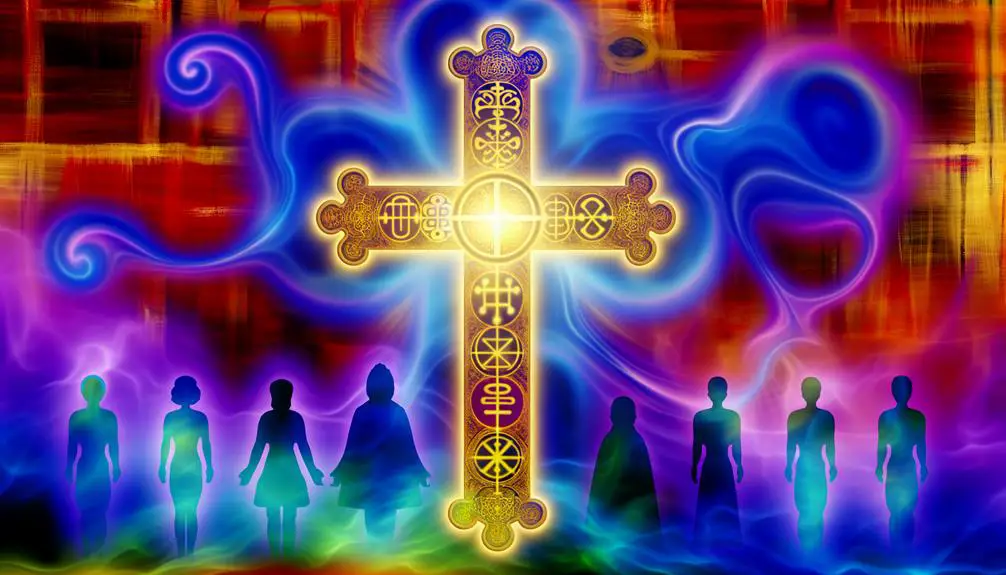
Eastern mysticism offers a rich tapestry of symbolism, wherein the cross frequently emerges as a potent emblem of spiritual intersectionality and transcendence.
In various mystical practices within Hinduism, Buddhism, and Taoism, the cross is often interpreted as a representation of the union between the earthly and the divine.
Symbolism in Eastern Religions
While the cross is mainly associated with Christianity, its symbolic resonance extends into Eastern religions, where it often represents the intersection of the material and the spiritual domain.
In Hinduism, the cross-like swastika symbolizes prosperity and good fortune.
In Jainism, it stands for the four domains of existence.
Buddhism features the swastika as well, symbolizing the eternal flow of life and good fortune.
These interpretations highlight the cross's multifaceted symbolism in Eastern spiritual contexts.
- Hinduism: The swastika, a cross-like symbol, represents prosperity.
- Jainism: Depicts the fourfold path of existence.
- Buddhism: Symbolizes the eternal cycle of life.
- Taoism: The cross within the Taijitu represents balance and harmony.
- Shintoism: The torii gate, resembling a cross, marks the passage from the mundane to the sacred.
Cross in Mystical Practices
In the domain of Eastern mysticism, the cross serves as a potent symbol for the convergence of spiritual and earthly energies, embodying profound metaphysical principles and esoteric teachings.
The horizontal and vertical axes represent the duality of existence: the earthly plane intersecting with the divine. This intersection is not merely geometric but serves as a focal point for meditative and ritual practices aimed at achieving higher consciousness.
In traditions such as Hinduism and Buddhism, variations of the cross are used in mandalas and yantras, which facilitate spiritual growth and the harmonization of internal energies.
The cross functions as a visual and conceptual tool for transcending mundane realities and attaining a deeper, more integrated state of being.
Comparative Mysticism and Cross
How do various mystical traditions interpret the symbol of the cross, especially within the context of Eastern mysticism, where it often embodies the synthesis of spiritual and material domains?
In Eastern mystical frameworks, the cross transcends its traditional Christian connotations to symbolize the union of opposites and the balance of cosmic forces.
For example:
- Yin and Yang: The horizontal and vertical lines represent balance and duality.
- Four Directions: The cross signifies the cardinal points, aligning with sacred geography.
- Microcosm and Macrocosm: It illustrates the interconnectedness of the individual soul and the universe.
- Chakras and Energy Channels: Reflecting the alignment and flow of spiritual energy within the body.
- Mandala Structures: The cross forms the foundational geometry in complex spiritual diagrams.
This comparative analysis reveals the cross as a potent symbol in Eastern mysticism.
Modern Cultural Significance
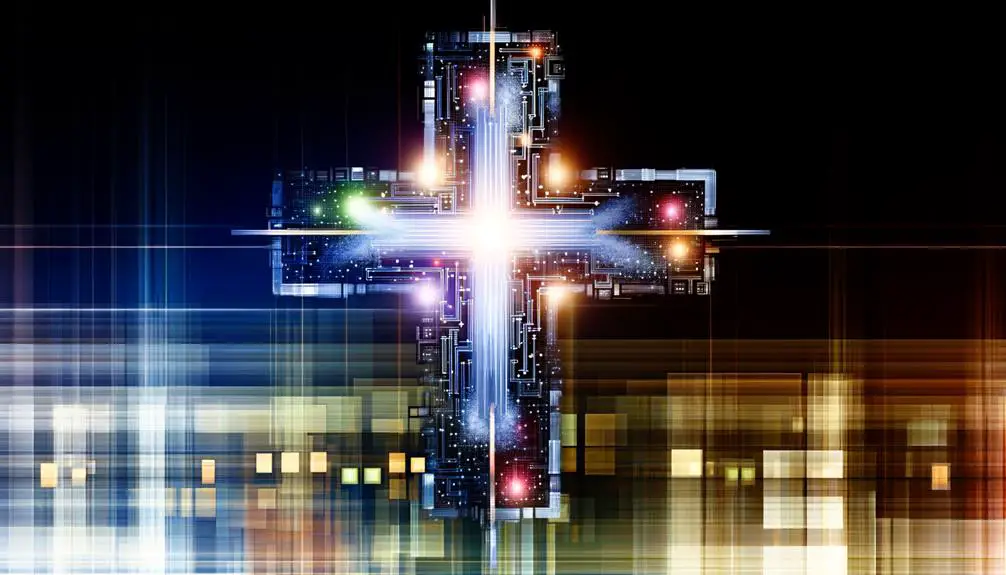
The cross, enduring as one of the most recognizable symbols globally, continues to hold profound cultural, religious, and social significance in contemporary society. Its prevalence extends beyond ecclesiastical contexts, permeating public spaces, fashion, and even political discourse.
As a symbol, it functions multifariously: a declaration of faith for Christians, a historical emblem in various secular movements, and an aesthetic motif in modern design. Additionally, the cross emerges in international humanitarian efforts, epitomized by the Red Cross, symbolizing altruism and aid.
In the digital age, it has adapted, finding new life in social media and global communication. Therefore, the cross remains a dynamic and multifaceted icon, reflecting and shaping the complex tapestry of modern cultural identities.
Cross in Art
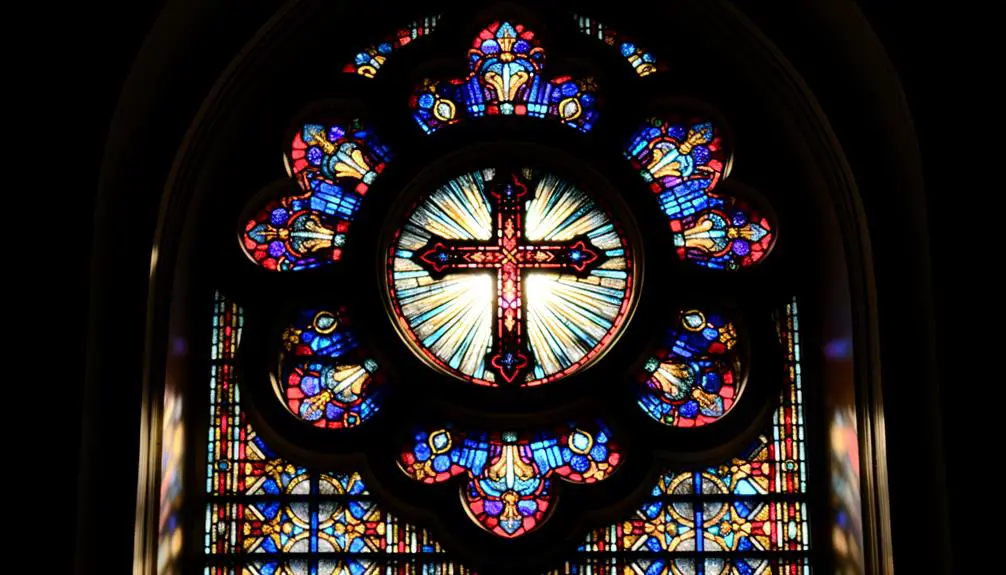
The representation of the cross in art has evolved notably, encompassing historical artistic depictions, intricate iconography, and profound symbolism.
This evolution is evident in both ancient and contemporary works, where the cross serves as a potent visual and thematic element.
Modern artistic interpretations further expand its meaning, reflecting diverse cultural and individual perspectives.
Historical Artistic Representations
Throughout history, artistic representations of the cross have frequently served as profound reflections of cultural, religious, and social dynamics. These artistic manifestations provide a window into the evolving perceptions and significance attributed to the cross in various epochs and regions.
- Early Christian mosaics: Intricate designs on church walls depicting the cross as a symbol of salvation.
- Medieval illuminated manuscripts: Richly decorated texts where the cross often symbolizes divine authority and sanctity.
- Renaissance paintings: Masterpieces by artists like Michelangelo and Raphael portraying the cross in scenes of crucifixion with intense emotional depth.
- Baroque sculptures: Dynamic and dramatic representations emphasizing suffering and redemption.
- Modern abstract art: Contemporary pieces that deconstruct and reimagine the cross, exploring its multifaceted meanings.
These diverse artistic representations underscore the cross's enduring resonance across time.
Iconography and Symbolism
Building upon the rich historical artistic representations, iconography and symbolism of the cross in art reveal complex layers of meaning that extend far beyond its visual depiction.
Art forms, ranging from medieval frescoes to Renaissance masterpieces, utilize the cross to convey theological, cultural, and emotional narratives. The vertical and horizontal lines themselves suggest a union of heaven and earth, while the crucifix often signifies sacrifice, redemption, and divine love.
Different artistic traditions, such as Byzantine, Gothic, and Baroque, have imbued the cross with distinctive stylistic elements, each infusing it with contextual significance.
The cross in art serves as a potent symbol, reflecting both the shared beliefs of communities and the personal devotion of individual artists.
Modern Artistic Interpretations
Modern artistic interpretations of the cross in art reveal a dynamic interplay between tradition and innovation, reflecting contemporary socio-cultural and theological discourses. Artists today reinterpret the cross, infusing it with personal, political, and cultural meanings, challenging its historical connotations while honoring its symbolic weight. This juxtaposition underscores the evolving perception of faith and identity in a pluralistic society.
- Abstract renditions: Deconstructed forms that evoke the cross without direct representation.
- Mixed media: Incorporation of unconventional materials like digital effects, glass, and recycled objects.
- Political statements: Crosses embedded in social critique, addressing issues like justice and human rights.
- Cultural hybrids: Fusion of the cross with motifs from diverse traditions, reflecting global interconnectedness.
- Personal narratives: Crosses featured in autobiographical works, symbolizing individual spiritual journeys.
Such approaches illuminate the cross's enduring relevance and transformative potential.
Philosophical Perspectives

Examining the symbol of the cross through various philosophical perspectives reveals a profound intersection of existential, metaphysical, and ethical dimensions.
Existentially, the cross encapsulates themes of suffering, sacrifice, and the human condition, prompting reflections on life's inherent struggles and the quest for meaning.
Metaphysically, the cross serves as a bridge between the finite and the infinite, symbolizing the convergence of the material and spiritual domains.
Ethically, it represents principles of selflessness, compassion, and the moral imperatives that guide human actions.
Philosophers have therefore interpreted the cross not merely as a religious emblem but as a multifaceted symbol that stimulates deep inquiry into the nature of existence, reality, and morality, enriching our understanding of human experience.
Personal Reflections

Personal reflections on the symbol of the cross often reveal a deeply individualized understanding that intertwines personal belief systems, cultural backgrounds, and existential experiences. Each reflection provides unique insights into how the cross is perceived and internalized within different contexts.
For some, it is a beacon of hope and redemption; for others, it is a reminder of sacrifice and suffering. This multifaceted symbol encapsulates a spectrum of meanings that are profoundly subjective.
- A source of spiritual solace during trying times.
- A familial heirloom symbolizing generational faith.
- An artistic motif representing human struggle and triumph.
- A cultural icon reflecting historical narratives.
- A philosophical emblem of life's dualities.
Through these lenses, the cross is not merely a symbol but a complex, lived experience.
Conclusion
The cross, a symbol rich in history and layered with diverse meanings, stands as a proof to human spirituality and cultural evolution.
From its ancient origins to its profound significance in Christianity, Judaism, and Islam, the cross transcends religious boundaries to become a universal emblem.
Its presence in art and modern culture continues to evoke deep reflection and philosophical discourse, illuminating the enduring quest for meaning and connection in the human experience.

